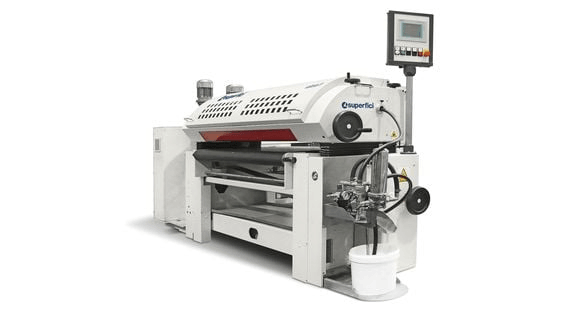In some cases the metering blade may be moved forward and back on its mount plate, It can also be rotated to change the gap between the metering blade and the roller. The three most common approaches to controlling the coating thickness are metering blade, metering roller, and transfer from another roll. With most rollcoaters, there is some means of controlling the thickness of the coating on the surface of the roller before it contacts the substrate. The percentage of coating that sticks to the part (the substrate) depends on the surface characteristics of both the roller and the substrate. The layer of coating on the surface of the roll splits – part of it stays on the roller, and part sticks to the surface of the part. When this happens, a phenomenon know as “film splitting” occurs. A roll coating machine works by transferring a layer of coating from the surface of a roller to the surface of a part.
Rollcoaters can take many forms, from simple paint rollers to sophisticated coating machines with multiple rollers. Rollcoaters can be used to apply liquid adhesives, paints, oils, and coatings such as varnish or clear finish coats. Roll coating machines are commonly used for the industrial application of a liquid to the surface of a part.





